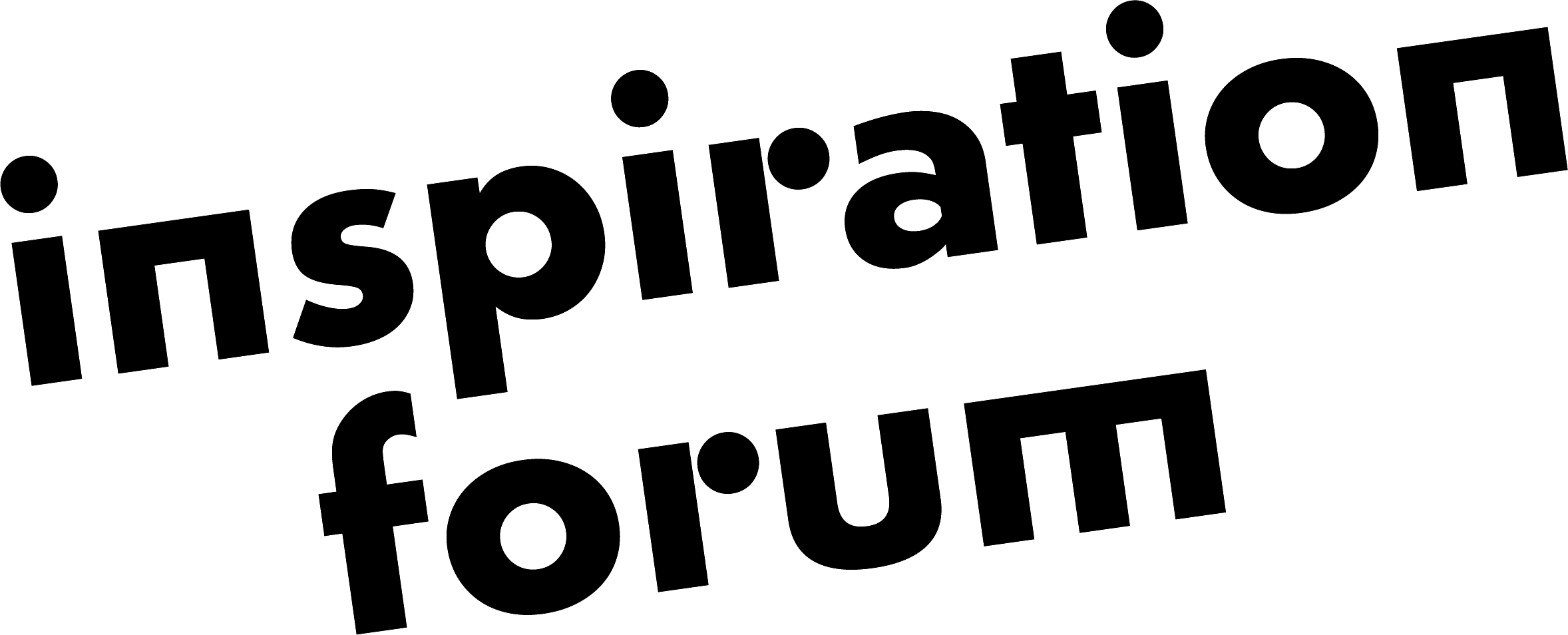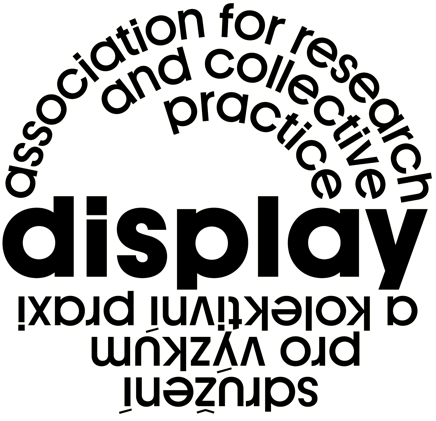Artists: Michał Dawid, Kosmas Phan Dinh, Mirjami Lantto Klein, Mae Lubetkin, Michal Mitro, Anthea Oestreicher, Vít Růžička, Isabel Val Sánchez, Weronika Zalewska
Program Tutors: Lenka Hámošová, Barbora Kleinhamplová
Exhibition Dates: 6 - 29 September 2024
Opening: 5 September 2024, 6pm
Location: Display Gallery (Dittrichova 9/337, Praha 2)
For centuries, bodies of water have played a crucial role in sustaining life and driving the economy. They've been commodified, extracted, and polluted, and viewed as mere resources to be exploited. Yet, in an era of ecological crisis, our relationship with water demands a radical rethinking. Cultural theorist Astrida Neimanis, challenges us to see water not just as a resource but as a relational entity—one that physically connects us to the rest of nature and teaches us about solidarity and interdependence. How can we reimagine our connection to water in ways that foster ecological awareness and collective care?
The flow and cycle of water thus keeps us connected to our own bodies, but also to other bodies that belong to other living communities outside of our human selves. Our body cells contain water, which has been circulating on Earth for ages. During life (and after death), water circulates in and out of our bodies to circulate again in various states in the bodies of other people and entities. We can imagine that the water in our saliva was perhaps contained in the blood of dinosaurs billions of years ago, or in a river on the other side of the world.
Through water we can thus seek our path of mutual understanding and connection, a dialogue across time, a process of exchange and transformation.
This exhibition brings together artists and researchers who have been exploring these questions for the past 10 months, offering a multi-faceted examination of water's role in our lives. Each project invites us to engage with water not just as a physical substance but as a medium of connection, memory, and meaning-making.
Ambient Tremology by Mae Lubetkin, Michal (Mižu) Mitro, and Kosmas Phan Dinh reorients our attention from sound to vibration, immersing us in the amphibious world of the Romanian Danube Delta which the group physically visited during their artistic research. Through contact-accelerometer recordings and haptic experiences, the installation captures the Delta's vibroscape, revealing the granular memory and ambient forces that shape this watery environment. The project invites viewers to attune themselves to the subtle tremors of the Delta, offering a sensory experience that blurs the boundaries between the human and more-than-human worlds.
The Guild of Hydrosemiosis, created by Michał Dawid, Isabel Val Sánchez, and Mirjami Lantto Klein, draws on the ancient practice of hydromancy to explore the semiotic processes of water. The Guild enacts sonic rituals that evoke the memories and meanings of bodily, planetary, and speculative waters, foregrounding a feminist and mythical sensitivity in their study. Through an immersive installation, the Guild invites viewers to engage with water as a living, meaning-producing entity, challenging the techno-scientific gaze and celebrating the relational and mythical dimensions of hydrosemiosis.
Why is the Floor Moving? by Vít Růžička, Anthea Oestreicher, and Weronika Zalewska, examines oceanic systems through the lens of echolocation, microscopy, and AI. The installation features a three-channel video that represents three perspectives of collaborating artists in dialogue and delves into the art of echo sounding, the movements of plankton, and AI-generated speculative forms. By juxtaposing human and non-human technologies of perception, the project challenges viewers to reconsider their relationship with marine life and the role of human innovation in shaping our understanding of the ocean. The accompanying audio piece deepens this exploration, offering reflections on perception, communication, and responsibility in the context of oceanic ecosystems. The video installation is accompanied by an audio recording of a conversation between the artists taking up diverse questions about their personal relationship to technology, science, the more-than-human world and AI, bridging the difficulties of the interdisciplinary collaboration.
Together, these projects offer a profound exploration of water as a site of memory, connection, and meaning-making.
They thus resonate – each in a specific way – with a hydrofeminist perspective that leads us towards an ethical responsibility for all bodies of water with which we have a hydrological relationship. They invite us to rethink our relationship with water, not as a distant resource but as a vital and interconnected part of our lives, deserving of care, respect, and creative engagement. Through these works, we are encouraged to see water as a collaborator in our creative and ecological practices, one that challenges us to imagine new ways of living and being in the world.
The Inspiration Forum Lab is organized by Ji.hlava IDFF’s Inspiration Forum in cooperation with Kersnikova Institute, Sensorium and Display – Association for Research and Collective Practice.
 |
 |
 |
 |
The project is co-funded by the European Union, Ministry of Culture of the Czech Republic and Czech State Fund.
 |
 |
 |











